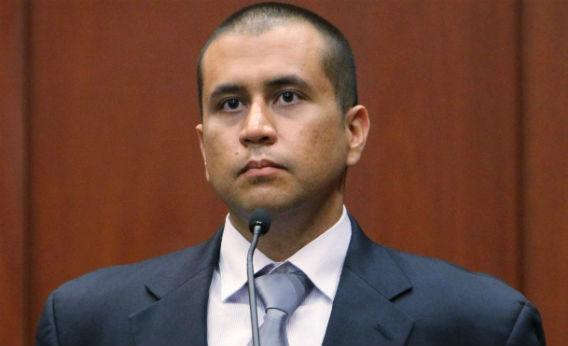A lab report released Thursday showed that Trayvon Martin was shot from close range, probably with the gun pressed against his chest. The new information may bolster George Zimmerman’s argument that the two men were locked in combat, and Zimmerman shot the unarmed teenager to protect his own life. How easy is it to kill a man in a fistfight?
It happens more than twice a day, on average. Fists and feet were responsible for 745 murders in 2010, or 5.7 percent of all murders that year, according to FBI statistics. (The data on this have been remarkably stable in recent years. In the five preceding years, the percentage of murders perpetrated by fists or feet fluctuated between 5.6 and 6.1.) It doesn’t even take an experienced brawler to punch someone to death: An 11-year-old California girl appears to have killed a classmate with her bare hands in a February fistfight.
There are no official statistics on this, but most fistfight deaths are the result of massive internal bleeding from repeated blows, often after the victim has been knocked down or unconscious. Still, under certain circumstances it’s possible to kill a man with a single punch. In July, for example, a Florida man was arrested for killing someone with a haymaker in a Las Vegas casino.
Boxers describing a classic knockout punch talk about snapping their opponent’s head back or turning it around. That’s because punching someone unconscious—or killing them—usually results from the rotational forces placed on the head, not from the direct impact of the fist itself. A hook to the side of the head, or an uppercut to the chin, can send the head spinning, which breaks blood vessels inside the skull. In these cases, victims may die of internal bleeding hours after the fight, with friends and emergency medical personnel never realizing what was going on.
Sometimes the rotational forces on the head leave the blood vessels intact but stress the neurons to the point that they cease to function normally, causing a loss of consciousness. The victim then smashes his head on the concrete, which causes bleeding or other catastrophic brain injury. This scenario played out in 2003, when a drunken bar fly in San Diego killed a former Marine with a sucker punch. (Zimmerman’s attorneys will likely emphasize the danger of pavement in a fistfight, as police photos show injuries to the back of his head.)
Biomechanics research shows why these one-punch deaths are rare events. Automotive and athletic safety experts use a measure called the Head Injury Criterion to determine the lethality of knocks to the head. A score of 1,000 indicates that the impact would cause a life-threatening injury to one in six people. Olympic boxers can only punch up to around 164 on the scale, according to a study from 2005. The element of surprise is a major factor. A person who knows he’s going to be punched braces himself and tenses his neck muscles, preventing rapid rotation. (That’s why boxers work hard to develop their neck strength.)
Body blows can also kill under some circumstances. A punch aimed directly at the heart, delivered at a particular moment in the heart’s beating sequence, can cause it to go into a deadly arrhythmia. The condition, known as commotio cordis, usually occurs during sporting events but has also been seen in fistfights.
Zimmerman would not need to demonstrate that his life was in danger in order to gain protection under Florida law. According to the state’s “stand your ground” statute, a defendant doesn’t need to be at risk of death, but rather at risk of “death or great bodily harm.” The legislature has not defined “great bodily harm,” and Florida courts have said only that it “does not include mere bruises as are likely to be inflicted in a simple assault and battery.”
Got a question about today’s news? Ask the Explainer.
Explainer thanks Cynthia Bir of Wayne State University.
Video Explainer: Why Don’t Women Sing in a Falsetto?
This video was produced from an original Explainer by Will Oremus. Want more questions answered? You can now watch video Explainers at Slate’s News Channel on YouTube.
